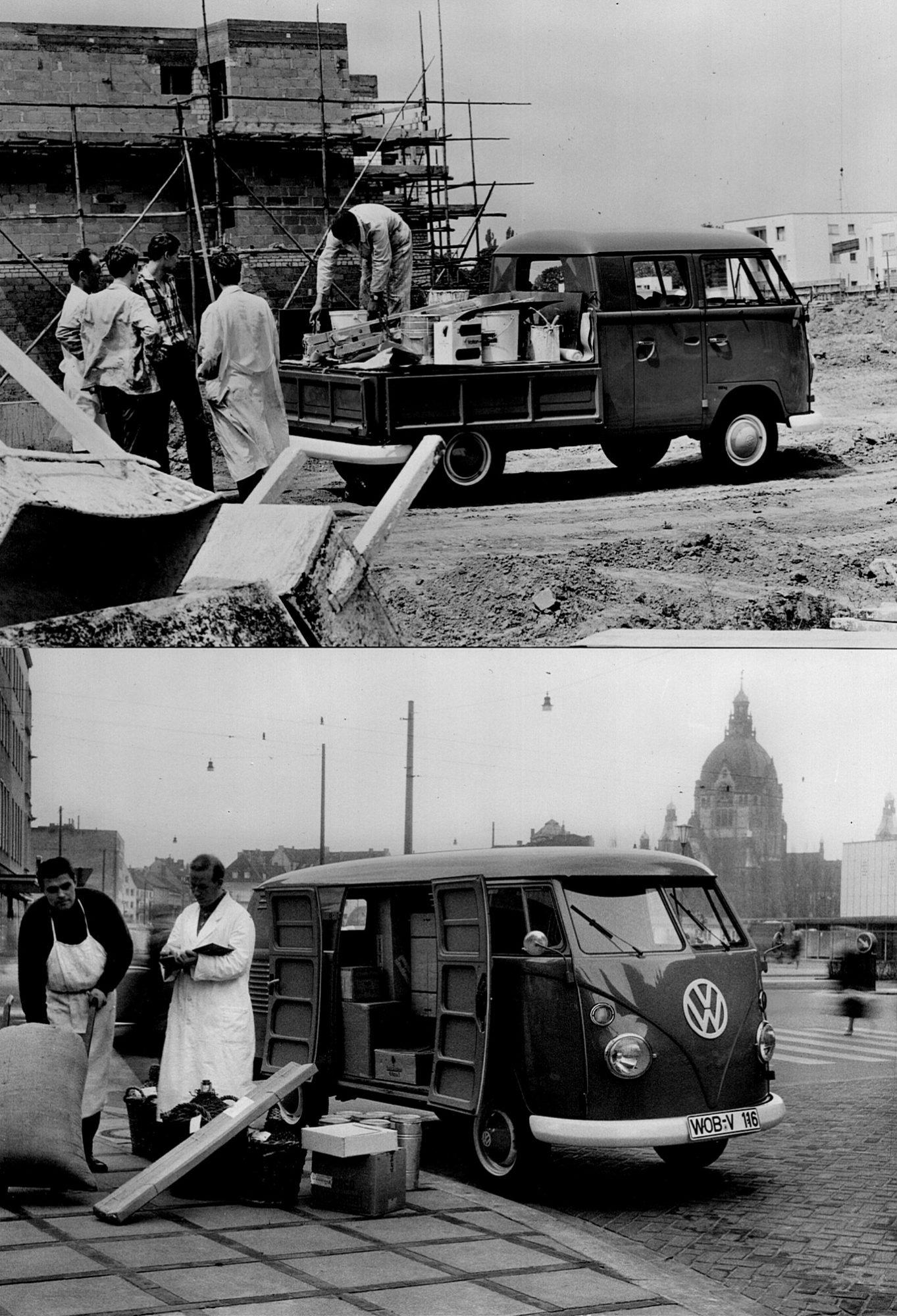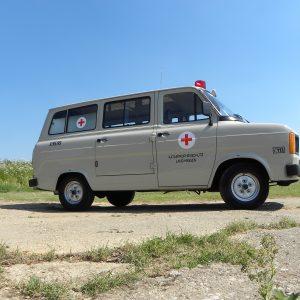A man comes to the doctor: RECOVERY: VW specialist. The man has a very honest VW bus with him and wants to bring it into competition condition. That is why he is concerned about the non-100% correct seams between the panels and doors. The VW specialist was on a different train of thought.
Good is perfect enough
VW buses and their various versions were - like Ford Transits - made as 'tools', not as status symbols. They were well made and assembled. But that was quickly and en masse done by hordes of cheap Turkish assembly line workers, who had to be well trained and instructed to meet their daily quota. And the production planning and lines had not taken into account that more than half a century later there would be people who would demand perfection, where the factory had not even imagined it. In any case, it had never occurred to anyone that the cars intended for hard work would still exist so long after their birth.
The man who could not be helped with the VW specialist was apparently a lover of the new kind. He wanted his way and it cost. So if you ever see a VW bus with perfect seam lining, then you may respectfully touch it. Or point to your forehead.
In my mind I can still see the overloaded contractor vans
In Zeeland there was a contractor who had dumped four tons of debris on his tandem axle trailer. The approach was that if the wheels did not touch the mudguards, the matter was completely under control. When leaving the construction site, the towbar was pulled completely under the bus. A welder present locally solved the problem with the possibilities present on site.
The Ford Transit was first made in 1965 and 40 years later, 5 million copies were made. Meanwhile, more than 8 million of them have been sold, making the Ford Transit the third place of the best-selling van of all time. In the years 70 to 1981 the Ford Transit also assembled in the Netherlands in the Dutch Ford factory.
We are talking about the time when air cooling in combination with the rear engine at VW was very dated for use in passenger cars, the crisis with the VW 412 was the high or low point there. However, the company cars with the same concept did not have a crisis. The VW T2 bus was a great success and also its successor, the VW T3 would remain a sales hit.
The survivors
There are more VW vans, transporters and such left than there are surviving Ford Transits. Both of them often lived their lives just like the Greek donkeys: They had to work long, hard and hard for little food and they got a lot of beating. However, the structural quality of the VW Bus commercial vehicles was considerably better, certainly when it came to the service life of the sheet metal.
Really old company cars that are or will be returned to their old condition are not that many. And when they are there, they are usually used as an 'advertising object'. Many survivors first evolved into campers and in recent years, many of these former hard workers have found a sort of destination like food truck.
The possibilities to bring a VW Bus back into condition are enormous, and more effort is usually required to rebirth a Ford Transit. To Citroëngetting the famous 'corrugated buses' functional and traffic compatible again usually means a lot of work to be done. In addition, the early models did not run faster than eighty km. And that is not fast.
Updates are good
Old vans often get - very often - heavier or more recent engine blocks. The owner of an original motorized bus converted into a motorhome told openly that he was satisfied with a top speed of 85 km / h. He was surprised how nervous fellow road users became like his vehicle, howling in a second gear on a slope.
But a VW bus with an 1600 cc block or a Ford Transit with a two-liter engine is now a fully-fledged road user. But these cars remain utility vehicles from the time before their drivers were granted the enjoyment of luxury and comfort. An enthusiastic couple came to a classic dealer. They had found their dream car online. And bought it on the spot from the trader who had never done business so easily.
A week later, the thirty-something people came back embarrassed.
They wanted to get rid of their purchase.
He was too uncomfortable.








1980, I worked at the roofer on Saturday to work with a few colleagues to polish the entire fleet, which consisted solely of Transits, to keep them eye-catching, after the heavy load they had to undergo daily and throughout the week .
I learned to drive a car at a young age in those Transits. Also with very short pretty tricky supporters! And if a trailer had to be put back into the driveway at home, in our narrow street, my father gave me the car keys at the age of 15. Like "you do that".
T1 models and T2 Transit models were great vehicles. I can still hear the sound of those almost indestructible V4 engines and afterwards of those 2 liter in-line engines, which you could also find in the Taunus. Every time I see another one driving, the warm memories come up. Awesome!! True nostalgia
That's nice. As you get older you have more memories
Hello editorial,
Just a reaction to the article VW bus and Transit. I know them both very well. Worked in a VW garage until 1984 and currently owns a 1 Transit Mk 1972 pickup, a 2 Mk 1979 bus and a 2 Mk1981 bus. Vans used to be typically made for 5 to 6 years' use in the first owner. Then it was written off. It performed the most optimally during that period. VW has always been very good at passenger transport. The vans were comfortable. The engine bump in the back was also no problem. Transits were bought for their enormous towing capacity, more favorable cargo space and, above all, better engines. VW T1 drivers used to joke their fingers at each other to indicate how many engine was already in it. Under 100.000 km that could easily be the third. This was unthinkable at Ford. The VW body was a lot less susceptible to rust. Until even the T3 the engines were always too weak and often broke down. At the dealer they reacted casually of “a exchange block does not cost much”. For me, the Transit is the best in design and construction. For suspension comfort a VW is better, but when it comes to crosswind sensitivity? With a T1 and T2 you have something to do, you keep steering!
Regards,
Wim van Loon / Transmobiel truck & bus magazine
Thank you for these practical noises!